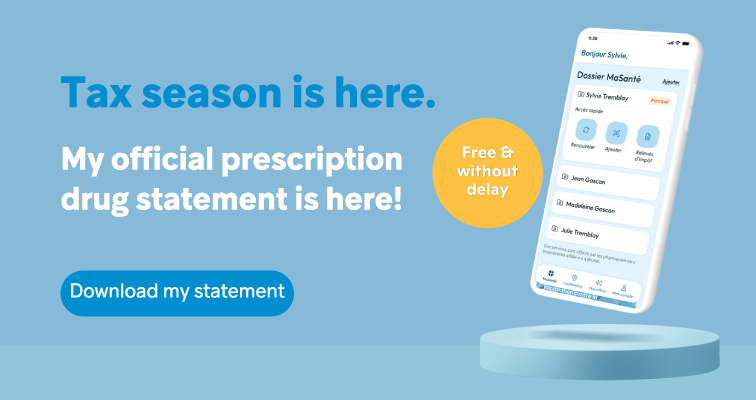Description

This product contains insulin. Typically, it is used to control blood sugar levels in people with diabetes.
Instructions
This product must be injected under the skin (subcutaneously):
- clean the tip of the pen with an alcohol swab and attach a needle;
- select the required dose;
- clean the skin at the injection site with an alcohol swab;
- pinch the skin and inject the insulin into the fold. If you use a short needle, pinching the skin may not be necessary, ask your pharmacist;
- wait a few weeks before injecting the same site again.
Use this medication regularly and continuously to maintain its beneficial effects. Insulin users should be aware of the symptoms of low blood sugar, which include confusion, headache, hunger, mood changes, palpitations, rapid breathing, cold sweats and shakiness. These symptoms require immediate treatment, to bring your blood sugar back up to a safe level. This can be done with a quick source of sugar, such as: - 4 or 5 glucose tablets
- 59 to 79 mL of liquid glucose
- 15 to 20 mL (3 or 4 teaspoons) of honey, maple syrup or corn syrup
- 6 to 8 LifeSavers type candies
- 150 to 200 mL (2/3 to 3/4 cup) of fruit juice or regular soft drink (not a diet soft drink)
- 4 or 5 packets of white sugar (3 or 4 teaspoons) dissolved in water
Inform your health care professional if these symptoms have occurred, as it may mean that your diet and/or medication needs to be adjusted.
Insulin users must check their blood sugar levels regularly using an appropriate device.
Dispose of used syringes and needles safely. Your pharmacist can tell you the best way to do this. If you forget a dose, contact your pharmacist.
In order not to cause hypoglycemia, avoid excessive alcohol consumption. Do not drink alcohol on an empty stomach.
Side Effects
Aside from the risk of hypoglycemia (low blood sugar levels), this product has few side effects. If you think this medication may be causing side effects, talk to your health care professional. He or she can help you to determine whether or not the medication is the source of the problem.
Storage
This medication may interact with other medications or supplements, sometimes significantly. Many interactions, however, may be dealt with by a dosage adjustment or a change in medication schedule. Check with your pharmacist before using this medication in combination with any other medications (including non-prescription products), vitamins or natural products.
General Notes
When meeting with any health professional, it is important for you to share the following information:
- Your medical history and allergies (medication, food, or other);
- If you're pregnant or want to become pregnant, or if you're breastfeeding;
- If you use tobacco or cannabis or its derivatives, or if you use recreational drugs;
- The names of all the medications you take, whether you take them regularly or once in a while, including over-the-counter medications, vitamins, and natural health products.
